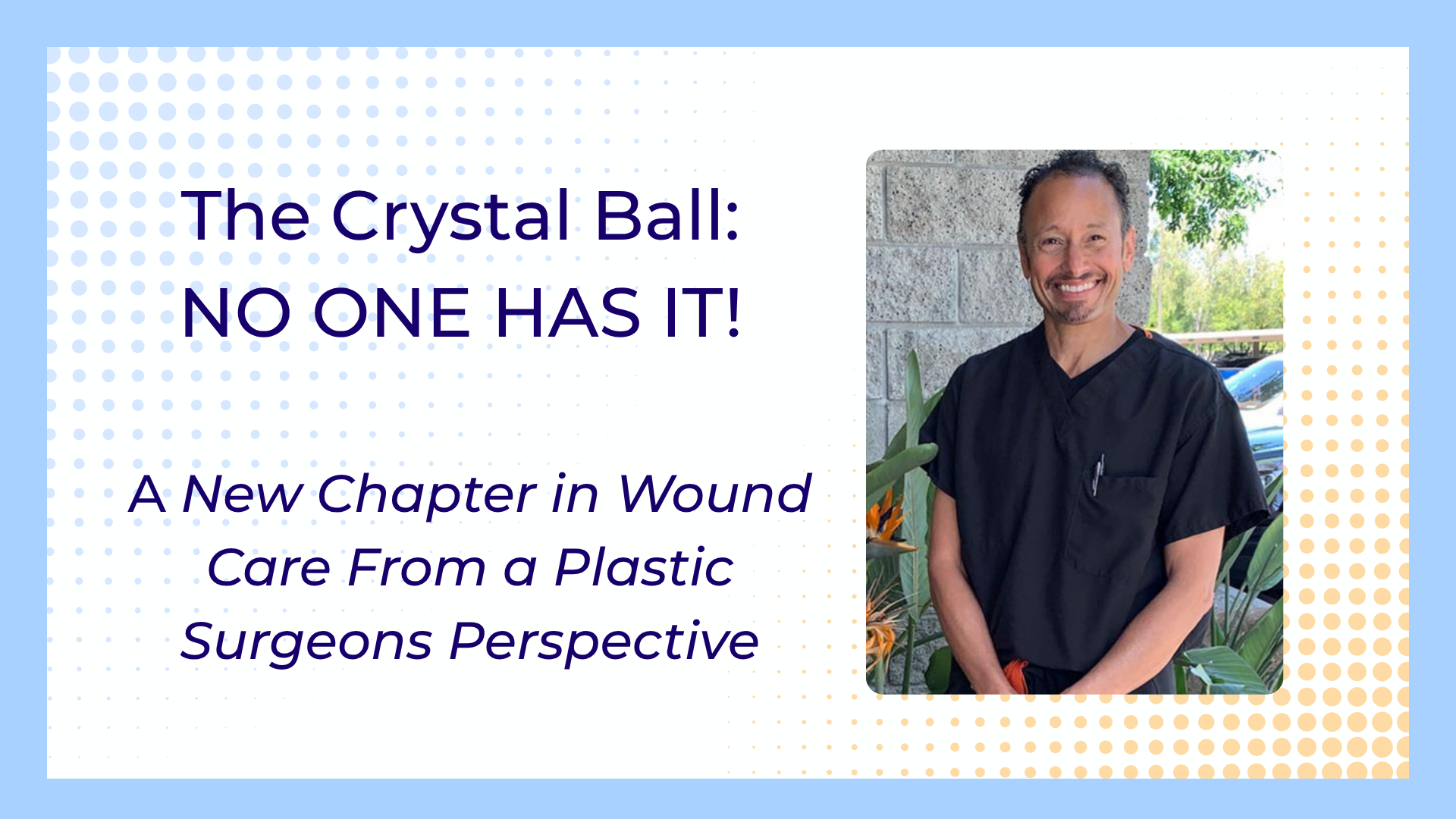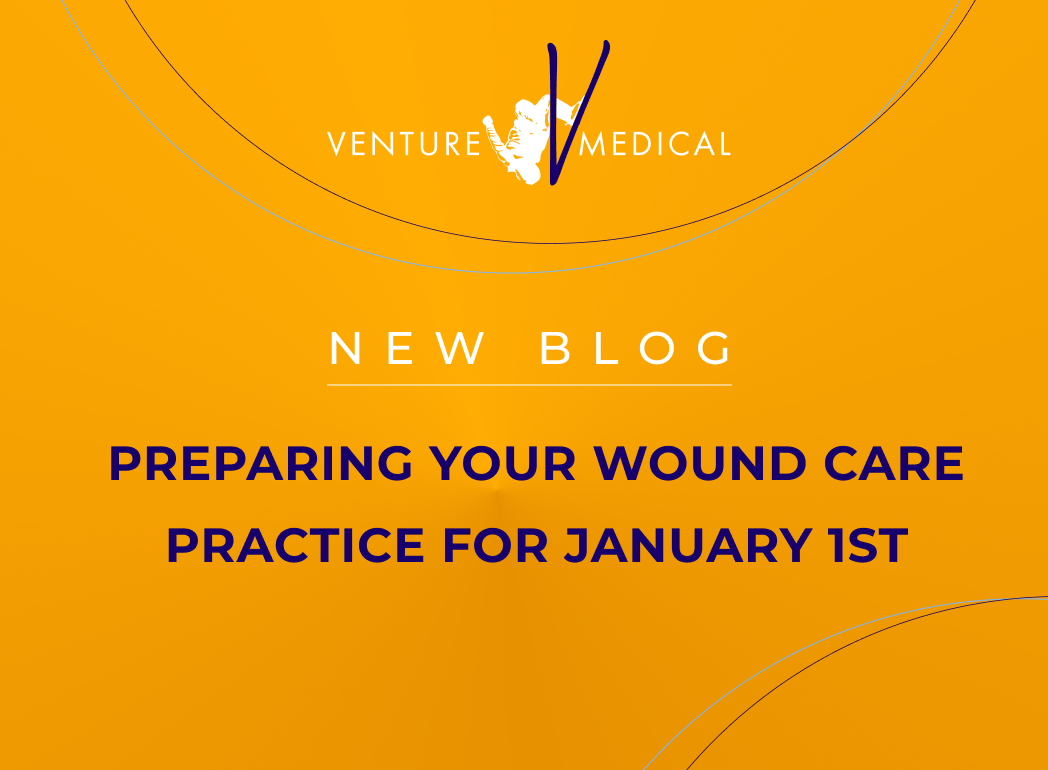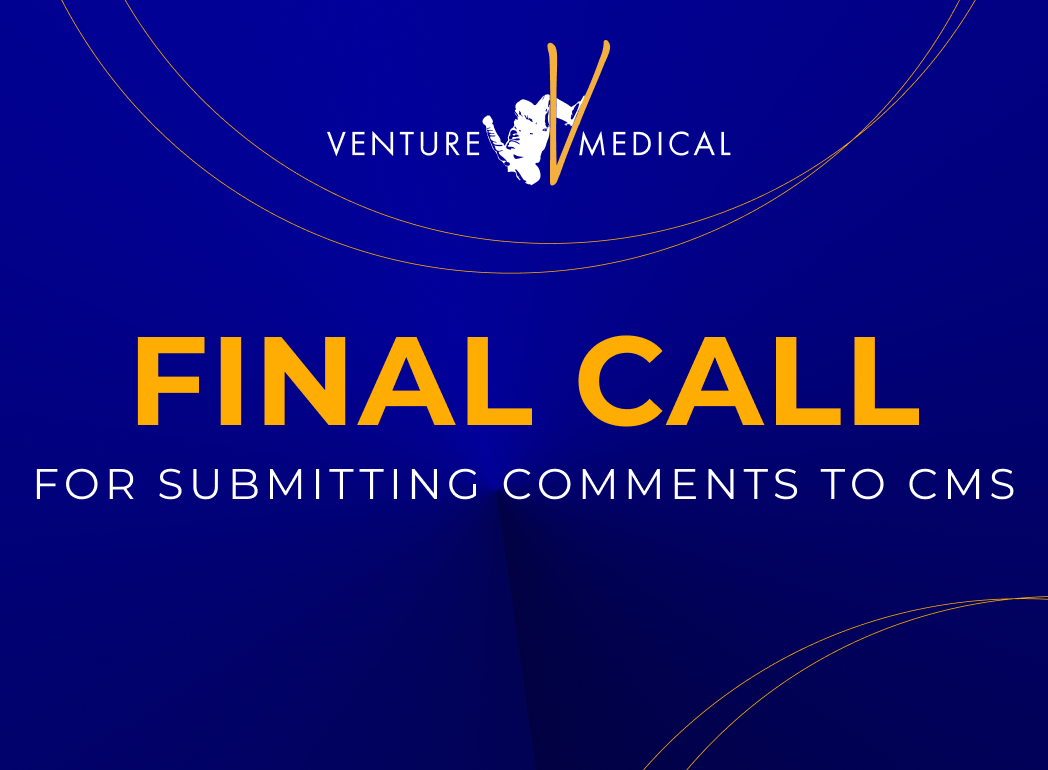Avoiding wound care for free, a.k.a. surviving a “bad faith” audit.

Audits are meant to protect against fraud, but in wound care many providers are now facing aggressive “bad faith” audits driven by financial incentives and bias. This blog explores what’s behind the rise in these audits, their impact on patients and practitioners, and the steps providers can take to prepare, push back, and protect their practices.
The current best estimate is that 16.4% of the Medicare population, or 10.5 M beneficiaries, suffer from chronic wounds each year. CMS relies on a community of dedicated wound care providers, be they practicing in the HOPD, office or their home, to take care of this vast number of patients. This is already a challenging area of practice, both clinically and financially. Yet over the past few years we have seen CMS’s MACs and their audit contractors launch a wave of aggressive and sometimes highly unjustified audits against these very practitioners. What may surprise the reader is who and what is behind this rise in audits. We all know that there are AI algorithms looking at broad datasets of claims to defend CMS and others against fraud, waste, and abuse. But many do not know there are inside people who potentially harbor biases and may profit from managing what those algorithms discover and who gets targeted.
Were these audits good faith attempts to identify fraudulent and inappropriate practices, that would be one thing. The vast majority of providers are treating their patients in good faith and would not be affected by this type of audit program. Yet we have seen far too many examples of what can only be described as “bad faith” audits. Rather than identifying specific instances of inappropriate usage, these auditors claim that amniotic products, which have been in use in the US since the early 1900s, and achieved mainstream adoption and reimbursement by CMS for chronic wound care for many years ago, should now be considered “experimental” and not reimbursed. They cite limitations from proposed LCDs that were not in effect at the time the patients were treated and are still not in effect today. They try to reverse reimbursement for the often-successful treatment of Medicare patients based on claimed minor technical issues with the patient notes. Sometimes the issues they raise are based simply on a sloppy and inaccurate reading of the patient’s files.
Why are these “bad faith” audits happening? Follow the money. It is likely because the auditors (UPIC and RAC contractors) receive incentives for recovering Medicare payments, and none for ensuring that appropriate patient care continues. There also appears to be an emerging industry of physicians guiding them to who gets audited based on their stated goals of reducing wasteful spending. This effort to guide auditors is no doubt profitable for someone. This makes one think about all the constant negativity aimed at wound care product spending targeting mobile wound care specifically when there are very few practitioners who allegedly engage or even give the appearance of engaging in wasteful practices. Who is behind that constant negativity? How may they be profiting from badmouthing their own peers over clinical decisions they don’t at many times seem to understand? It’s worth looking into. But clearly what’s at stake here are reputations, livelihoods, careers, and ultimately patients and their life quality when providers are driven out of advanced wound care.
So long as practitioners do not push back on these audits effectively, “bad faith” audits will continue to happen. If the community can demonstrate to auditors that these types of audits are not an easy payday, they will move on to other targets. So, what should providers do when faced with a bad faith audit?
First, be prepared. You should act now to ensure that your notes are complete and cover all the applicable requirements for reimbursement for skin substitute applications (and all other services you perform). This will prevent an auditor from citing technicalities in an attempt to recoup funds. A number of consultants and other resources are available to help you with this process.
Second, establish usage guidelines for skin substitutes for all providers in your practice. Research shows that these products are highly effective when used appropriately and as intended. Ensure that your usage is consistent with the available evidence and best practices, as well as any LCDs currently in effect in your area.
Third, if you do face a “bad faith” and unjustified audit, fight back. Get skilled advisors and attorneys on board early. The early stages of the audit process are when the “record” is created that will determine the outcome of the process. You will not be able to add additional evidence later. So, make sure you have good advice in handling the early stages of the audit, and you will significantly increase your likelihood of success through the later stages of the process including an ALJ hearing if necessary.
Fourth, join an organization such as the Independent Wound Specialist Society, www.iwssociety.com to amplify your voice against inappropriate audits. While the IWSS was recently started to represent independent office and mobile clinicians engaged in wound care, there are other organizations also are working hard at the CMS level to curtail the inappropriate activities of auditors as well. At Venture we broadly support provider education in a variety of forums in addition to supporting AAWC, APWCA, WHS, IPAWS, and PAWSIC in addition to bringing you special educational opportunities from the experts.
If you are well prepared, get good advisors onboard early and respond actively to an audit if it comes, you will put yourself in the best position to succeed. If our entire community takes these steps, “bad faith” auditors will find wound care to be a much less attractive area to spend their time.







.svg)


.jpeg)








